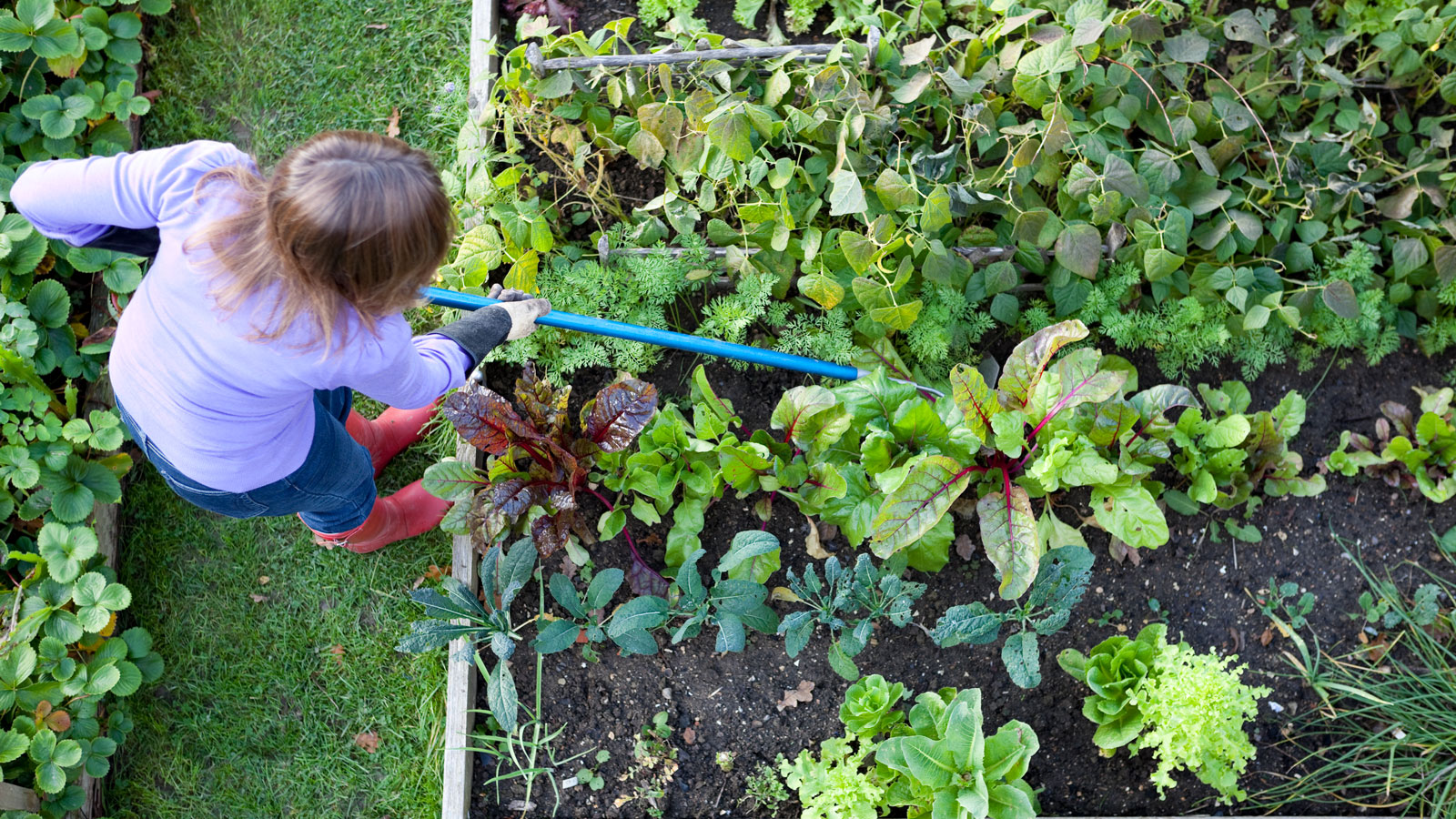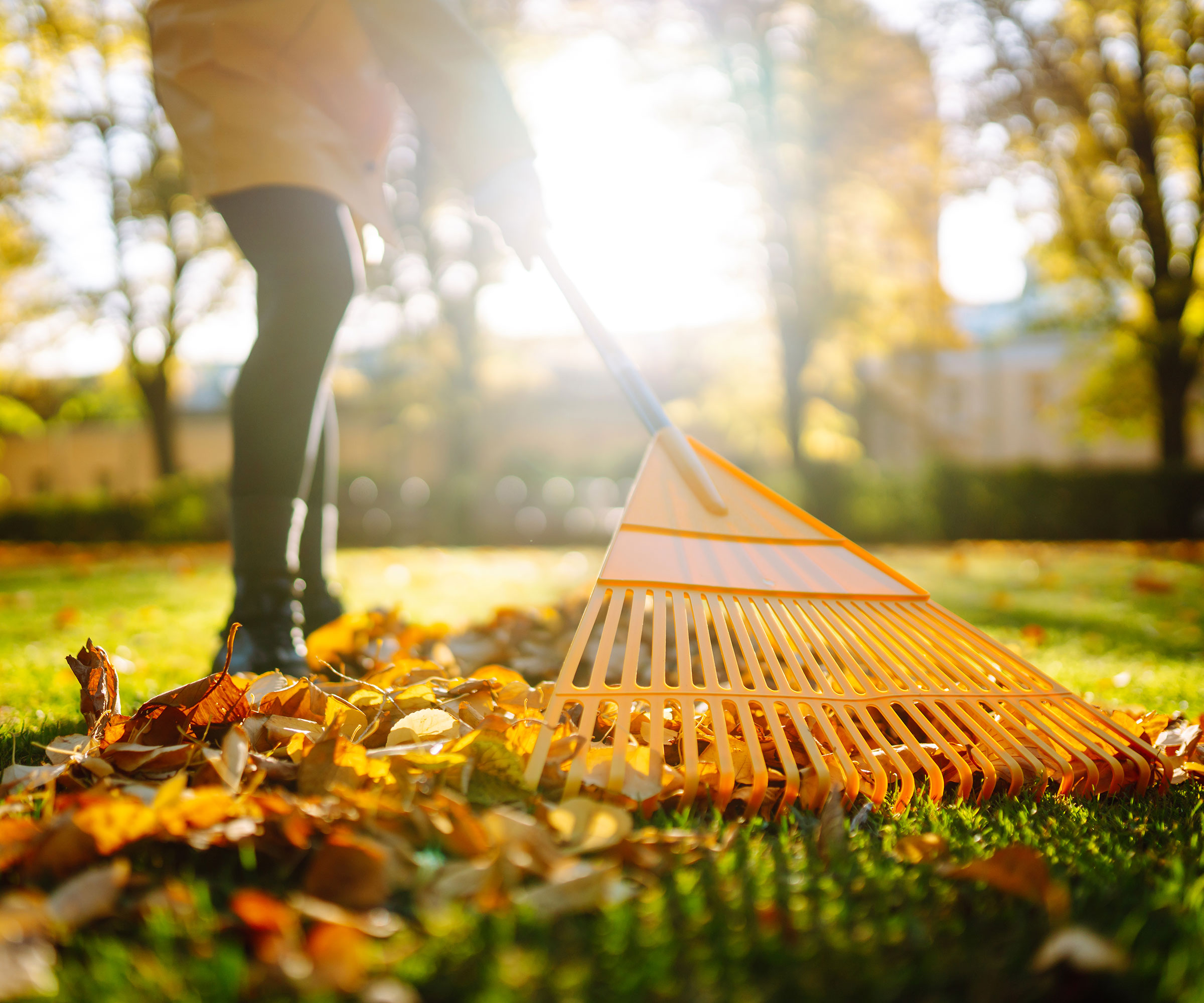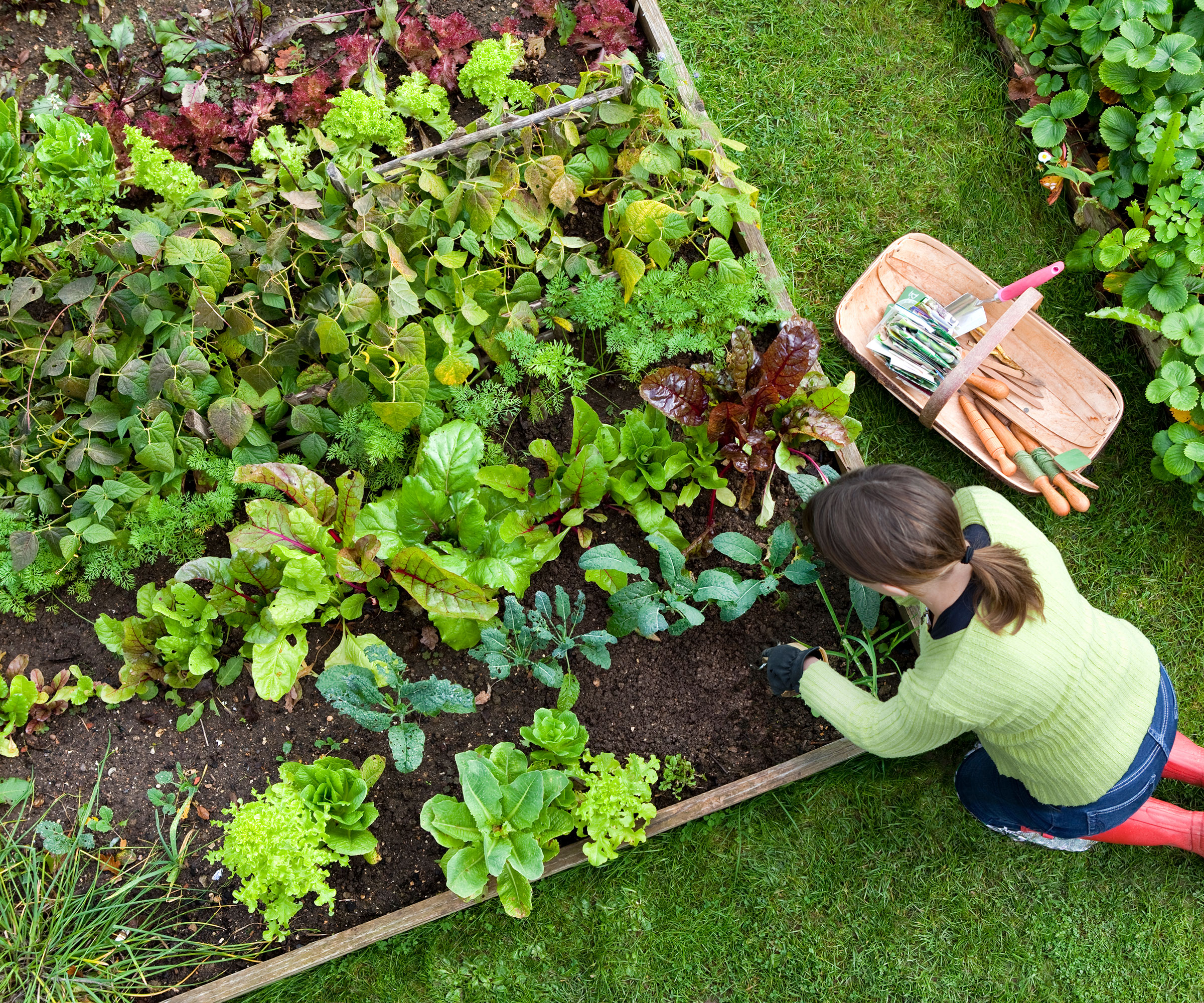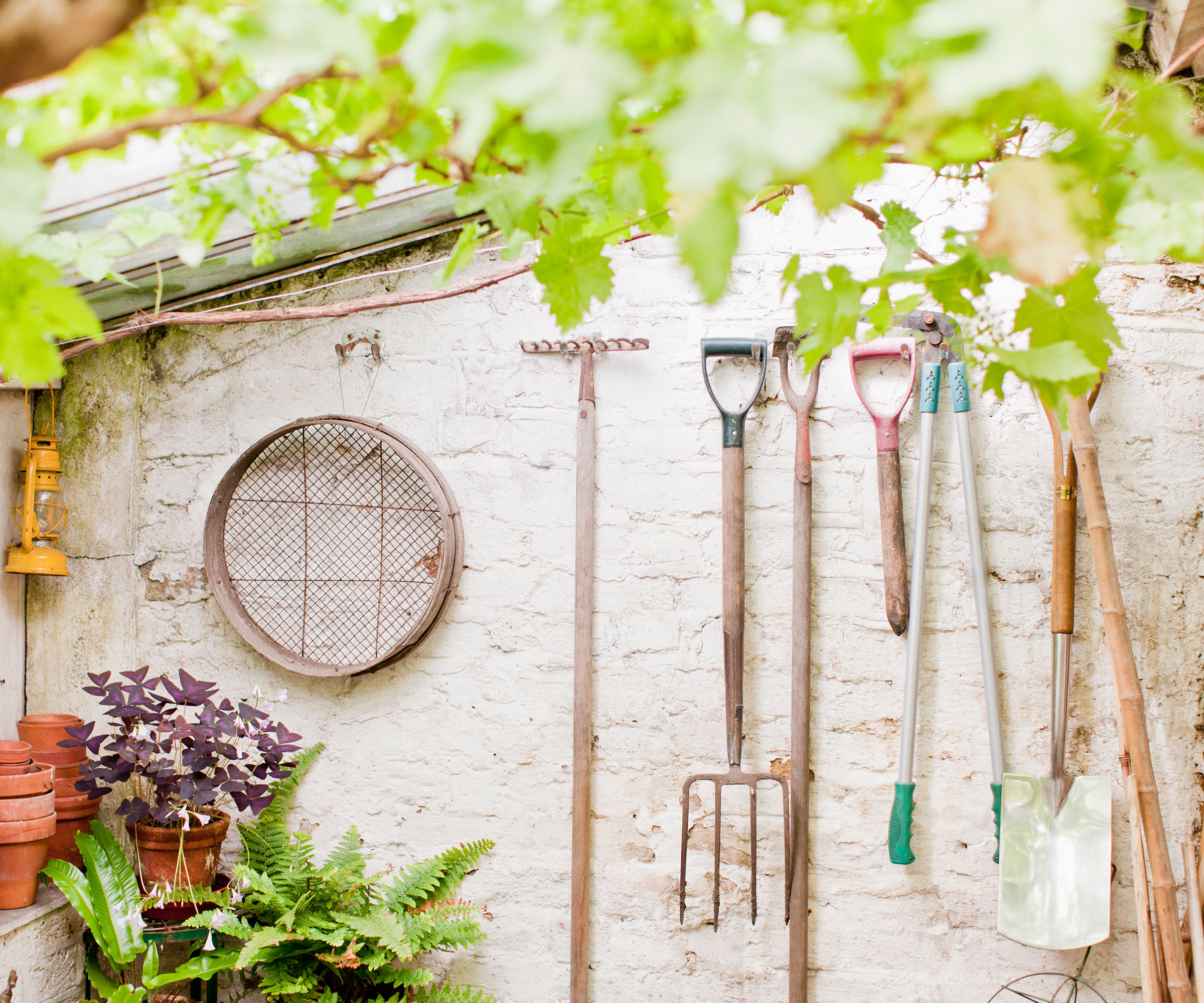Act Now For Garden Pest Prevention Next Year: Tips For A Problem-Free Garden Next Spring
It’s never too soon to be thinking about ways to tackle next year’s pests! Here are the golden rules for garden pest prevention that you can follow right now


Are you wondering how to prevent pests in garden soil? The best methods of garden pest prevention involve a garden cleanup. Many of us take advantage of the end of winter to do a thorough cleaning of the inside of the home. It’s known as spring cleaning. But autumn is the best time for action, so make sure you are on top of cleaning up your garden in the fall. Here are some of the essentials to help you get started on preventing garden pests next year.
Garden Pest Prevention Next Year? Act Now
Brisk fall days are perfect for getting rid of debris in vegetable gardens and flower beds. It not only makes the garden look clean and proper for the next planting season, but it also reduces the risk of some common garden pests and diseases during the coming year.
For anyone serious about knowing how to prevent pests in the garden next year, fall is also the perfect time to assess the condition of your gardening tools and your planting locations. Here are four ways to get ahead of future menaces and protect next year’s plants.
1. Plant Debris Removal

The first – and perhaps best – way to prevent garden pests in spring is to clean up plant leaves and other debris in fall. The residue that remains after the flowers and crops disappear in autumn can be home to insect pests and disease pathogens. That means removing fallen fruit, weeds and the remains of annuals by sanitizing the garden beds in fall.
Ideally, you’ll want to remove plant material as it accumulates. That means deadheading flowers, picking up fruit as it falls, and removing the weeds as they appear. Then, in the fall, go into the soil and dig up and pull out roots that are decomposing, as well as fruit that has mummified in the orchard. Why should you remove all plant material from the garden? Simply, they can harbor common garden diseases like fungal blights and insects that overwinter in tree branch debris or fallen leaves.
2. Crop Rotation

If you are interested in how to prevent garden pests that persist from year to year, crop rotation is an important practice. That’s because specific plant varieties attract certain types of insect pests. The best way to use crop rotation as a means of preventing garden pests is to keep track of what you are planting where.
Making a map or plan of your garden crops helps you recall which plants were in a particular location. Then you can identify where there are insect pests in the garden and avoid planting the same vegetable varieties in that location the following year. This is one of the best natural ways to prevent garden pests.
3. Soil Management

Some gardeners prefer to till the soil in the fall rather than removing debris. While tillage is an effective way of killing some overwintering pests, too much tilling hurts the soil structure and makes it more difficult to raise crops the next year. Being able to reinvigorate your garden soil means healthier soil structure, which means you can grow heartier crops that are better able to survive insect damage.
Sign up for the Gardening Know How newsletter today and receive a free copy of our e-book "How to Grow Delicious Tomatoes".
In order to maintain the soil, you can skip tilling and remove plant residue. Use a shovel to turn over the soil and expose overwintering insects to the sun, rain and winter weather, then rake the area smooth. Turning the surface area over with a shovel may expose insects to the elements. It’s also a good idea to incorporate compost into the soil in the autumn.
4. Equipment Sanitation

Prevent disease pathogens as well as insect eggs by cleaning and sanitizing garden tools as well as structures in the garden. You’ll need to wash off the soil on the tools, tomato cages, stakes and other implements, then disinfect the materials with a 10 percent bleach solution. Be sure to dry these materials before storing your shovels, rakes, trowels, and other equipment and tools.

Teo Spengler is a master gardener and a docent at the San Francisco Botanical Garden, where she hosts public tours. She has studied horticulture and written about nature, trees, plants, and gardening for more than two decades, following a career as an attorney and legal writer. Her extended family includes some 30 houseplants and hundreds of outdoor plants, including 250 trees, which are her main passion. Spengler currently splits her life between San Francisco and the French Basque Country, though she was raised in Alaska, giving her experience of gardening in a range of climates.